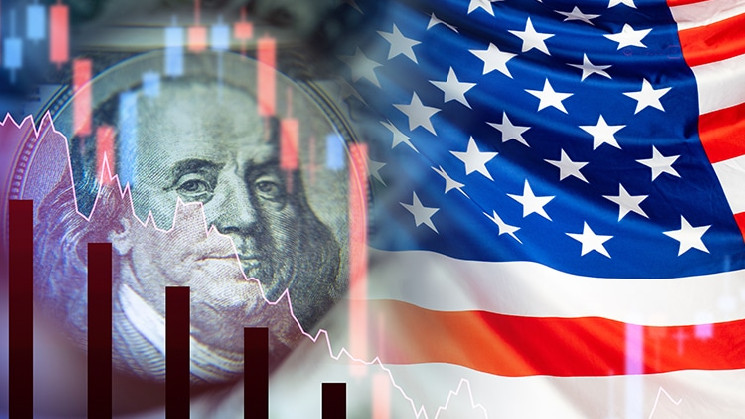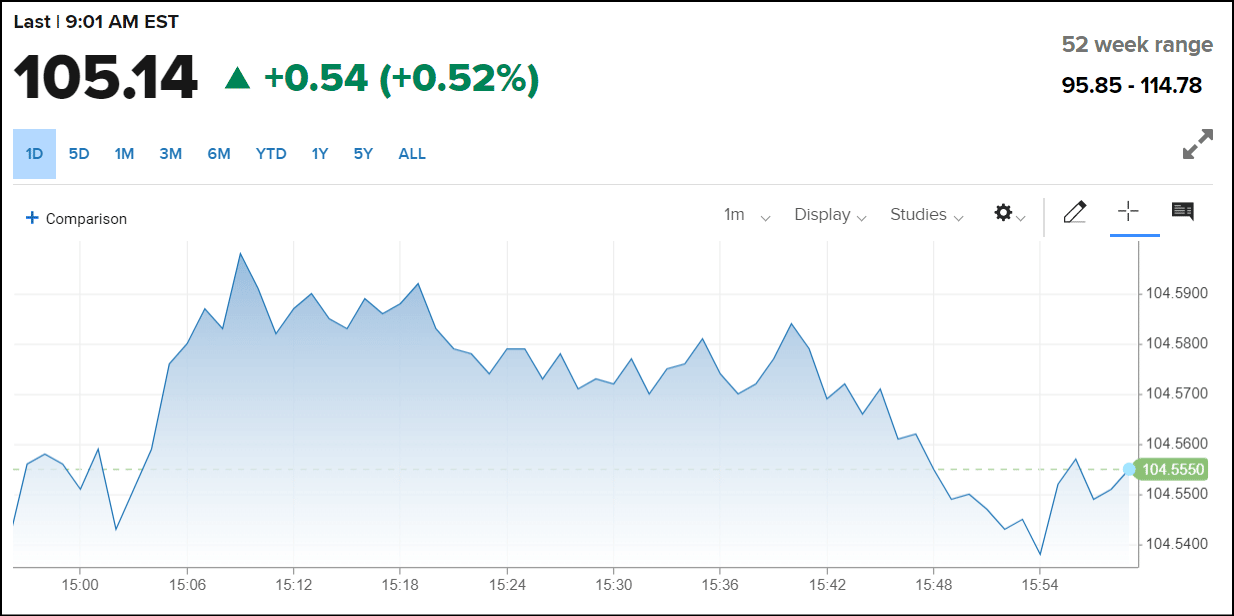Breaking: U.S. Core PCE Inflation Surges 4.7%, More Interest Rate Hikes Ahead?

Inflation in the United States, as measured by the Personal Consumption Expenditures (PCE) Price Index, increased to 5.4% on a yearly basis in January from 5.3% in December. This comes following the announcement released by the U.S. Bureau of Economic Analysis. The number came in higher than the 4.9% that was anticipated by market participants.
Core PCE Inflation Rises 4.7%
On Friday, the preferred inflation gauge used by the Federal Reserve flashed a negative reading once again, adding to the growing body of evidence suggesting that interest rates will need to be increased in the near future in order to bring prices back under control. The annual Core PCE Price Index, which is the preferred gauge of inflation, increased to 4.7% from 4.6% in the same period, which is significantly more than the projection of 4.3% that was made by analysts. Both core PCE inflation and overall PCE inflation increased by 0.6% on a month-to-month basis.
Read More: Check Out The Top 10 DeFi Lending Platforms Of 2023
This meant that the core rate of PCE inflation rose for the first time in four months, to 4.7%, which is still significantly higher than the 2% objective that the Fed has set. The findings add to concerns that the Federal Reserve may need to maintain higher interest rates for a longer period of time in order to stem the tide of rising prices.
Market Reactions
The news was met with a dismal response from the U.S. financial markets, and investors swiftly adjusted their forecasts for future official interest rates. At the time of publishing, the yield on the benchmark 2-year Treasury note–which is a rough proxy for Fed forecasts–has risen by 7 basis points to a level of 4.77%, which was the highest level it had been since October. The dollar index also rose by 0.52% to 105.14, marking a new high for the period of seven weeks. This indicator compares the value of the US dollar to a group of currencies from developed markets. In the meantime, S&P 500 futures had a loss of more than 1.3%, while the Dow futures dropped more than 300 points following the hot inflation report.

On the other hand, the crypto market has witnessed a significant dump across cryptocurrencies. Bitcoin (BTC), the flagship digital asset and the one with the largest market capitalization, is presently trading at $23,750. BTC’s price reflects a decline of 0.61% over the last one hour and a decline of 2% over the course of the past 24 hours. Coming second to Bitcoin, Ethereum’s (ETH) price is maintaining its position at $1,634 at the time of writing.
Also Read: New AI Product Sparks Optimism For Hedera; Is HBAR Price Eyeing $1?






 Bitcoin
Bitcoin  Ethereum
Ethereum  Tether
Tether  USDC
USDC  Dogecoin
Dogecoin  TRON
TRON  Cardano
Cardano  Stellar
Stellar  Hedera
Hedera  Chainlink
Chainlink  Bitcoin Cash
Bitcoin Cash  LEO Token
LEO Token  Litecoin
Litecoin  Monero
Monero  Dai
Dai  Cronos
Cronos  OKB
OKB  Ethereum Classic
Ethereum Classic  Algorand
Algorand  Cosmos Hub
Cosmos Hub  VeChain
VeChain  Gate
Gate  KuCoin
KuCoin  Stacks
Stacks  IOTA
IOTA  Tether Gold
Tether Gold  Theta Network
Theta Network  Zcash
Zcash  Tezos
Tezos  TrueUSD
TrueUSD  NEO
NEO  Polygon
Polygon  Decred
Decred  Dash
Dash  Zilliqa
Zilliqa  Qtum
Qtum  Basic Attention
Basic Attention  0x Protocol
0x Protocol  Synthetix Network
Synthetix Network  Ravencoin
Ravencoin  Siacoin
Siacoin  Holo
Holo  DigiByte
DigiByte  Enjin Coin
Enjin Coin  Ontology
Ontology  Status
Status  Nano
Nano  Hive
Hive  Waves
Waves  Lisk
Lisk  Steem
Steem  Pax Dollar
Pax Dollar  Numeraire
Numeraire  BUSD
BUSD  Huobi
Huobi  OMG Network
OMG Network  NEM
NEM  Bitcoin Gold
Bitcoin Gold  Ren
Ren  Bitcoin Diamond
Bitcoin Diamond